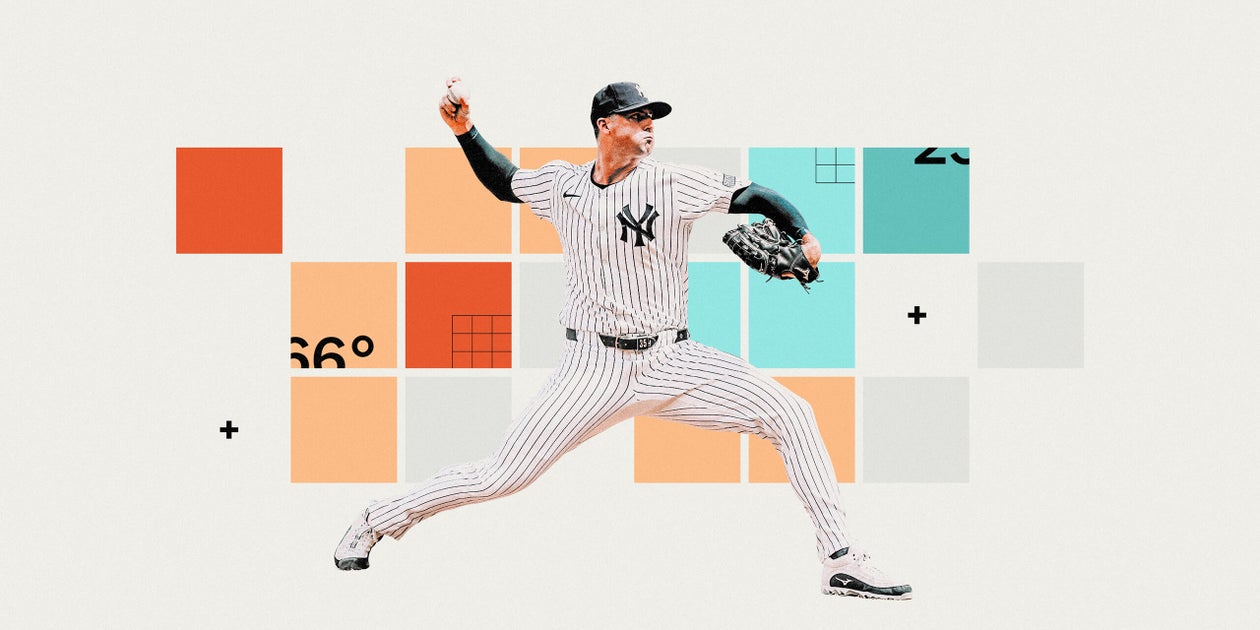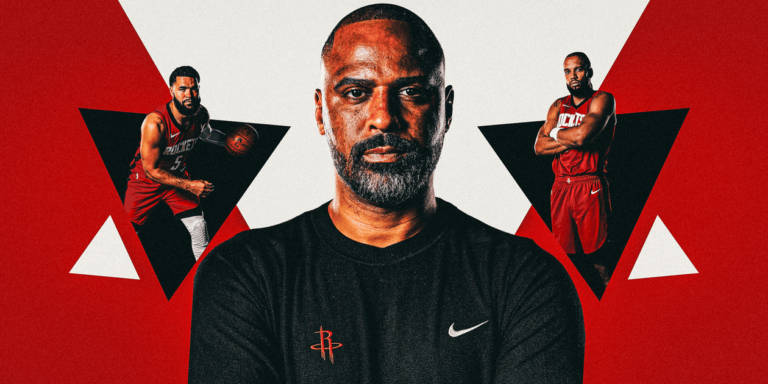Here is the plain text result:
Major League Baseball recently released a report about pitcher injuries. It was the culmination of interviews with 200 subject-matter experts about the growing rash of arm troubles in the sport, and the word “stuff” was used 47 times. The report includes entire sections about the concept of stuff metrics — like Stuff+ — and how they may relate to pitcher health.
The study of the physical characteristics of a pitch, and how they relate to outcomes, has been improved immensely over the past few years by new technology and machine learning techniques. Now a number like Stuff+ can tell you how good a pitch is based only on its velocity, spin, and movement. The recent explosion in the use of pitch types like sweepers, hard sliders and cutters across the league can be tied back to these metrics, which pointed to these pitch types as underrated.
“It’s been an important tool for us as we evaluate and develop our pitchers,” said one major-league pitching coach, one of multiple team employees who were granted anonymity because they weren’t approved to talk about these metrics publicly.
“Stuff+ has really helped bridge the gap between how the public and front offices think about pitchers and pitch quality,” said an MLB team analyst. “Teams keep their own metrics internal, obviously, but given how similarly teams build these metrics and how similar Stuff+ is to what these teams have, Stuff+ helps the casual observer understand what teams are seeing in pitchers.”
But it’s not just the doctors, coaches and analysts who care about these metrics. A player helped inspire one of the first stuff metrics. Brandon Bailey, now a pitching coach in the Dodgers organization, had the generative question in 2018 when he was pitching. He had a curve and a slider, and the Astros wanted him to either throw the curveball harder or the slider with more movement. He didn’t know which idea was better.
“He asked us: Which should I do?” said Kyle Boddy of Driveline. “We were like, ‘Oh, that’s a good question. Can we quantify this?’ That was the first question that led us to develop Stuff+.”
Clearly, these stuff metrics are here to stay. They’re in the bullpen when the coach is assessing his guys, they’re in the offseason plans when pitchers get homework assignments, they’re in the scouting reports hitters mull over before the game, and they’re in the office when the analysts are trying to find undervalued players to acquire. They’re now up on many of the best statistical websites in baseball and in most teams’ lexicons when it comes to developing and acquiring players, and they’re increasingly part of the regular parlance of the sport.
But, before we get into the ramifications of these new numbers, it makes sense to understand them better.
What is Stuff+?
Aptly named, Stuff+ is a number that evaluates a pitcher by studying their movement, velocity, spin, and release points. It’s generally trying to remove the context of how a specific pitch performed on the field by looking at how certain combinations of shapes, velocities, and spins usually perform across baseball, and then assigning that value back to the pitch itself. What started with a revelation like “hard sliders that drop a lot are good” has become more complicated, but the analysis comes from the same place.
Pioneered by former Cubs research & development analyst Jeremy Greenhouse in 2009, the framework and concepts within were pushed forward by analysts like Harry Pavlidis at Baseball Prospectus and many others in the field, including Alex Chamberlain with FanGraphs and Tom Tango with Major League Baseball.
Working with Ethan Moore, we debuted a Quality of Stuff metric here at The Athletic in 2020 before Max Bay (now with the Dodgers) brought Stuff+ here a year later and eventually on to FanGraphs, where it now lives in a sortable leaderboard. Driveline Baseball first posted about their model, built by now-Phillies R&D head Dan Aucoin, in late 2021, but had already been using it before they went public. Now there are many competing models available publicly, and most of these models are based on the same fundamental principles.
As the rate of Tommy John surgeries on torn elbow ligaments has plateaued, overall days on the injured list have not. The biggest problem facing baseball is probably not that stuff metrics have found a way to characterize excellent pitches, though — that kind of work has been going on for nearly 20 years and seems impossible to stop. The problem is that velocity is good and is also a stressor, and there’s no way to tell a young pitcher who might make the big leagues that he needs to throw softer.
They’re capable of doing the math, and they’ve made a calculated choice, as Justin Verlander pointed out about his pitching style.
In other words, players are always going to try to be better, just like Bailey when he asked the question that begat one version of Stuff+. If the sport is serious about improving injury, funding a bilateral effort would be a start, and adding rules changes that incentivize teams to carry pitchers who can go further into games (like a reduction in injured list slots) would do more than simply asking players to stop trying to throw nastier pitches.
What’s next?
Not everyone likes Stuff+, of course, beyond those linking it to injury.
“You can never get pitching into one number,” said Max Scherzer about the stat. “Even if you are able to, you’re still missing something.”
The effort to quantify aspects of pitching that stuff metrics miss is well underway, despite his skepticism.
If you cannot measure it, you cannot improve it, as Lord Kelvin, the legendary physicist, once proclaimed.
We posted leaderboards with the Reds — we posted Stuff+, Command+ and times to the plate, those were the things we cared about, said Boddy of his time as pitching coordinator. Our coaches were being evaluated on that, we were determining who our best coaches were based on it. We found coaches that helped pitchers outperform our Stuff+ projections, like Brian Garman, our pitching coach at Dayton, and Forrest Herrman, our pitching coach at Daytona. Big shock, both are coordinators now.
That said, every time analysts make an advancement that spreads throughout the game, like Stuff+, it quickly ceases to be an advantage. Boddy thought that 28 of 30 teams had their own internal Stuff+ model, and other analysts agreed that he wasn’t far off.
So maybe the future is more about the exciting research being done in biomechanics that could set your team apart. Over at NTangible, they feel they’ve built a better test of makeup — the attitude and energy that fuels the most successful players — which is notoriously difficult to define, scout, and measure.
Source link




